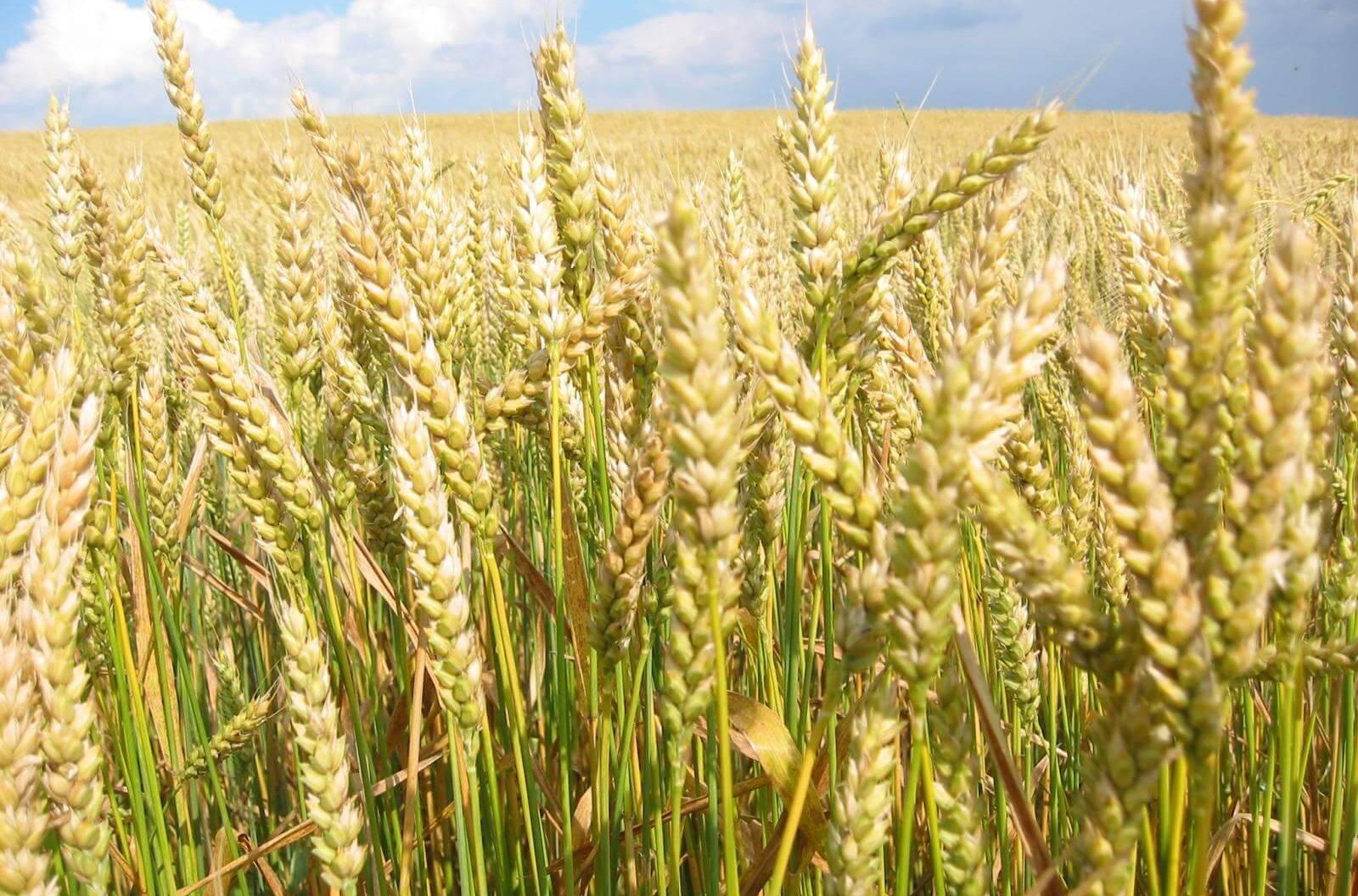Wheat Expanding into the Cerrado Region of Central Brazil

The only major crop for which Brazil is not self-sufficient is wheat, but that may be changing. The Brazilian Agricultural Research Service, Embrapa, has successfully developed high-yielding wheat varieties suitable for production in the cerrado region of central Brazil. These new wheat varieties are adopted to the hot and dry climate during the dry season in central Brazil.
The wheat would be planted after a first crop of soybeans are harvested in January or February. The wheat would then have 3-4 months of rain before the annual dry season returns beginning in May. The wheat would mature and be harvested during the dry season, which would help to maintain high grain quality. It is estimated that Brazil has the potential to plant 1.0 million hectares of irrigated wheat and 2.5 million hectares of dryland wheat in the cerrado region. This would represent an additional 4 million tons of production.
Traditionally, winter wheat was only produced in the colder regions of southern Brazil, but problems with quality due to heavy rains at harvest, left Brazil without enough wheat to meet domestic needs. Due to a 10.6% increase in acreage, Brazil is expected to produce as much as 11 million tons of wheat in 2022, which is still short of the 13 million tons of domestic demand. The deficit in wheat production is generally made up by importing wheat from neighboring Argentina.
Embrapa estimates that the Brazilian wheat acreage could double with the expansion of wheat production into the cerrado regions. During a recent field day presentation, Embrapa scientists indicated that wheat yields in the cerrado region average 6,000 kg/ha (89 bu/ac), which is double the current national average. Newer commercial varieties can yield as high as 9,600 kg/ha (143 bu/ac) and scientists feel that in the future wheat yields could potentially go as high as 12,000 to 13,000 kg/ha (170 to 190 bu/ac) and still maintain the quality needed for bread production.
Brazil has a goal of becoming self-sufficient in wheat production with 10 years, but most scientists feel the country will achieve that goal in less than 10 years.
Read also
Wheat in Southern Brazil Impacted by Dry Weather and Frosts
Oilseed Industry. Leaders and Strategies in the Times of a Great Change
Black Sea & Danube Region: Oilseed and Vegoil Markets Within Ongoing Transfor...
Serbia. The drought will cause extremely high losses for farmers this year
2023/24 Safrinha Corn in Brazil 91% Harvested
Write to us
Our manager will contact you soon



